gfen
Active member
- Joined
- Apr 8, 2007
- Messages
- 6,639
(captions belong to the picture ABOVE, not below)
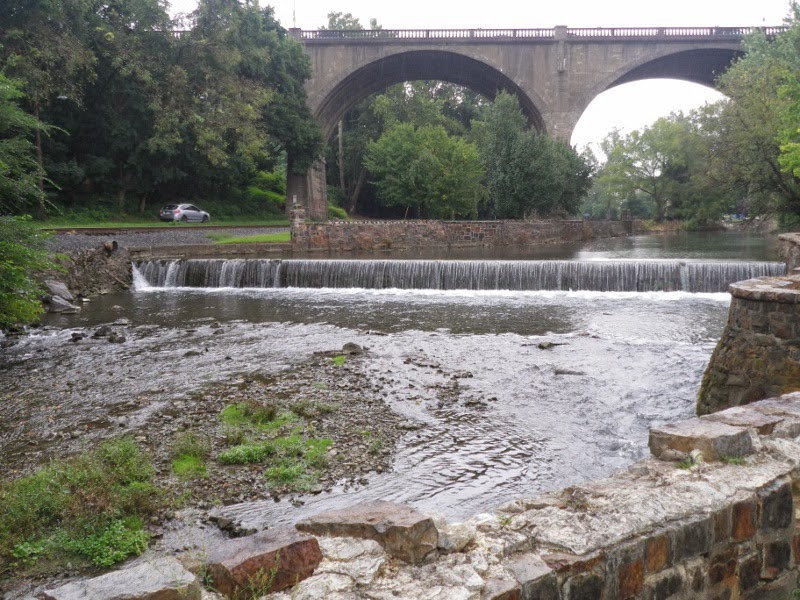
Hello, dam!
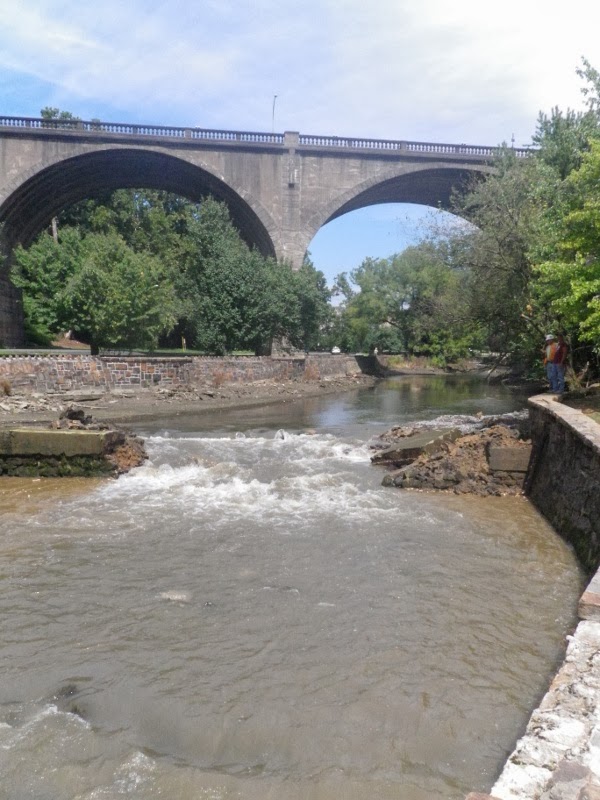
If I cared, I'd tell you when it was built. Probably 1939, if the other CWA park is anything to base it on. I can tell you when it was removed, though, which was three weeks ago.
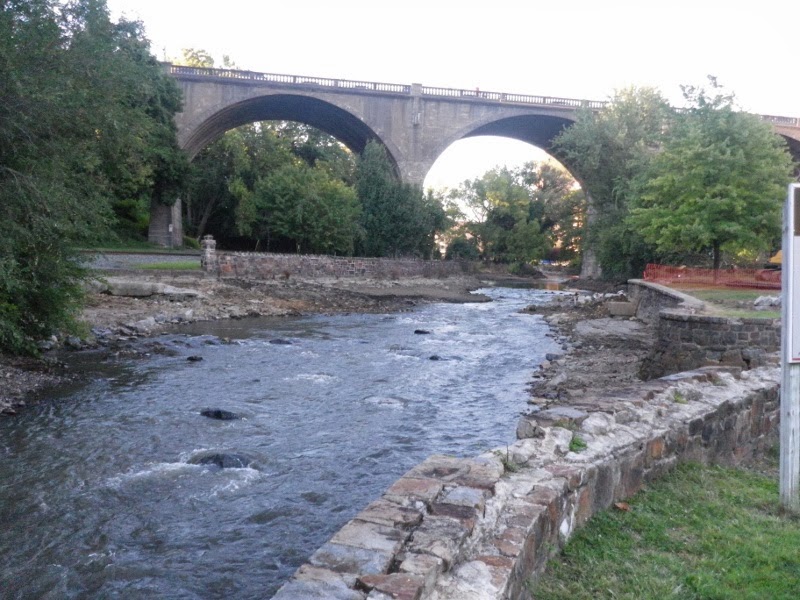
The next day, the work crew has removed all the dam and removed some of the "island" in the middle, and relocated things to the far bank. They're continuing upstream, shoring up and adding native rock structure along the CWA-made walls.

Three weeks later (or, like, this weekend), you can see the whole way up. Look, structure! Riffles! No more silty, ishty pool. The carp will need to find somewhere else to live, I guess.
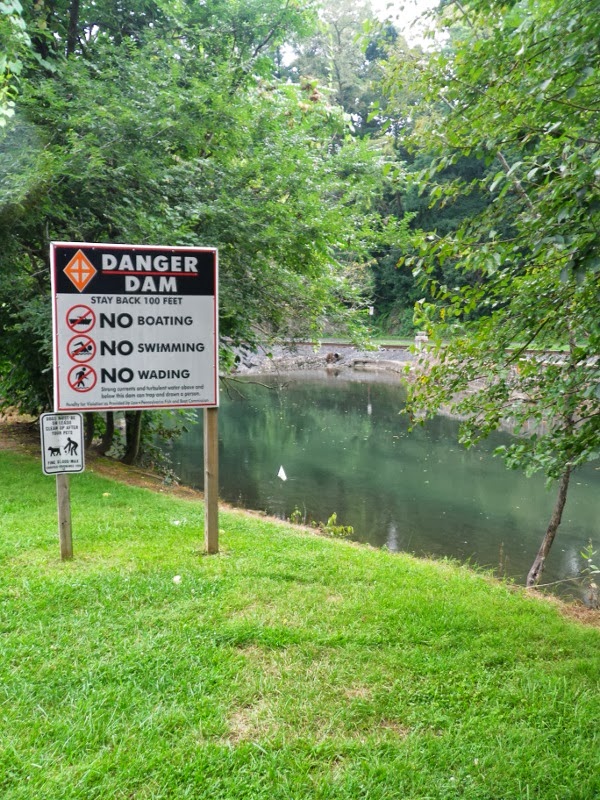
Let's look the OTHER direction, for a change. Before.

The next day.
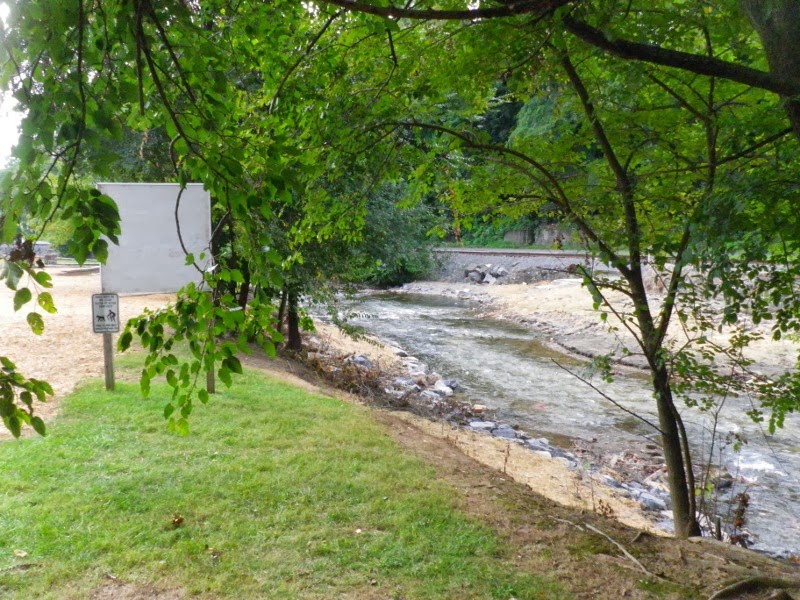
And three weeks.
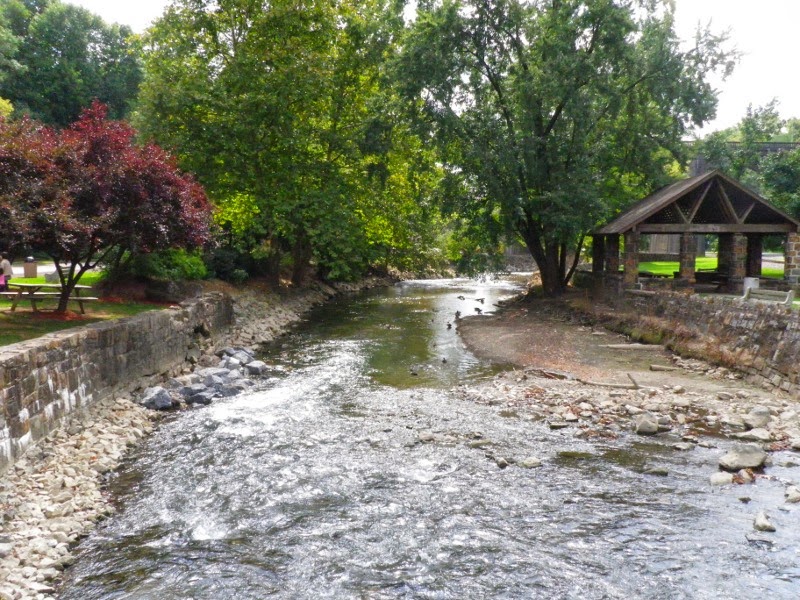
Forgot a "before," but this was all once a slow, flat, section of unfishable crap. You can see where the water level was up to on the right side where a bank had formed inside the walls. None of this stcuture was there before. This is three weeks after.
The guys at Monocacy TU (who I think really got the ball rolling on this), have some more at their website, and I have additional pictures in the before/after vein over here. If you're [d]easily butthurt[/d] of sound moral fiber, just look at the pictures.

Hello, dam!

If I cared, I'd tell you when it was built. Probably 1939, if the other CWA park is anything to base it on. I can tell you when it was removed, though, which was three weeks ago.

The next day, the work crew has removed all the dam and removed some of the "island" in the middle, and relocated things to the far bank. They're continuing upstream, shoring up and adding native rock structure along the CWA-made walls.

Three weeks later (or, like, this weekend), you can see the whole way up. Look, structure! Riffles! No more silty, ishty pool. The carp will need to find somewhere else to live, I guess.

Let's look the OTHER direction, for a change. Before.

The next day.

And three weeks.

Forgot a "before," but this was all once a slow, flat, section of unfishable crap. You can see where the water level was up to on the right side where a bank had formed inside the walls. None of this stcuture was there before. This is three weeks after.
The guys at Monocacy TU (who I think really got the ball rolling on this), have some more at their website, and I have additional pictures in the before/after vein over here. If you're [d]easily butthurt[/d] of sound moral fiber, just look at the pictures.



